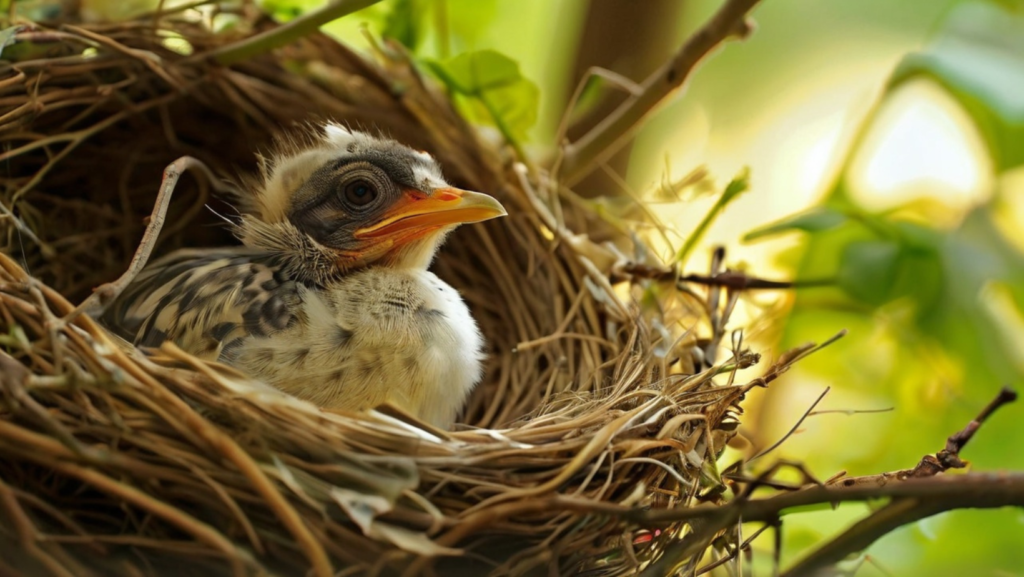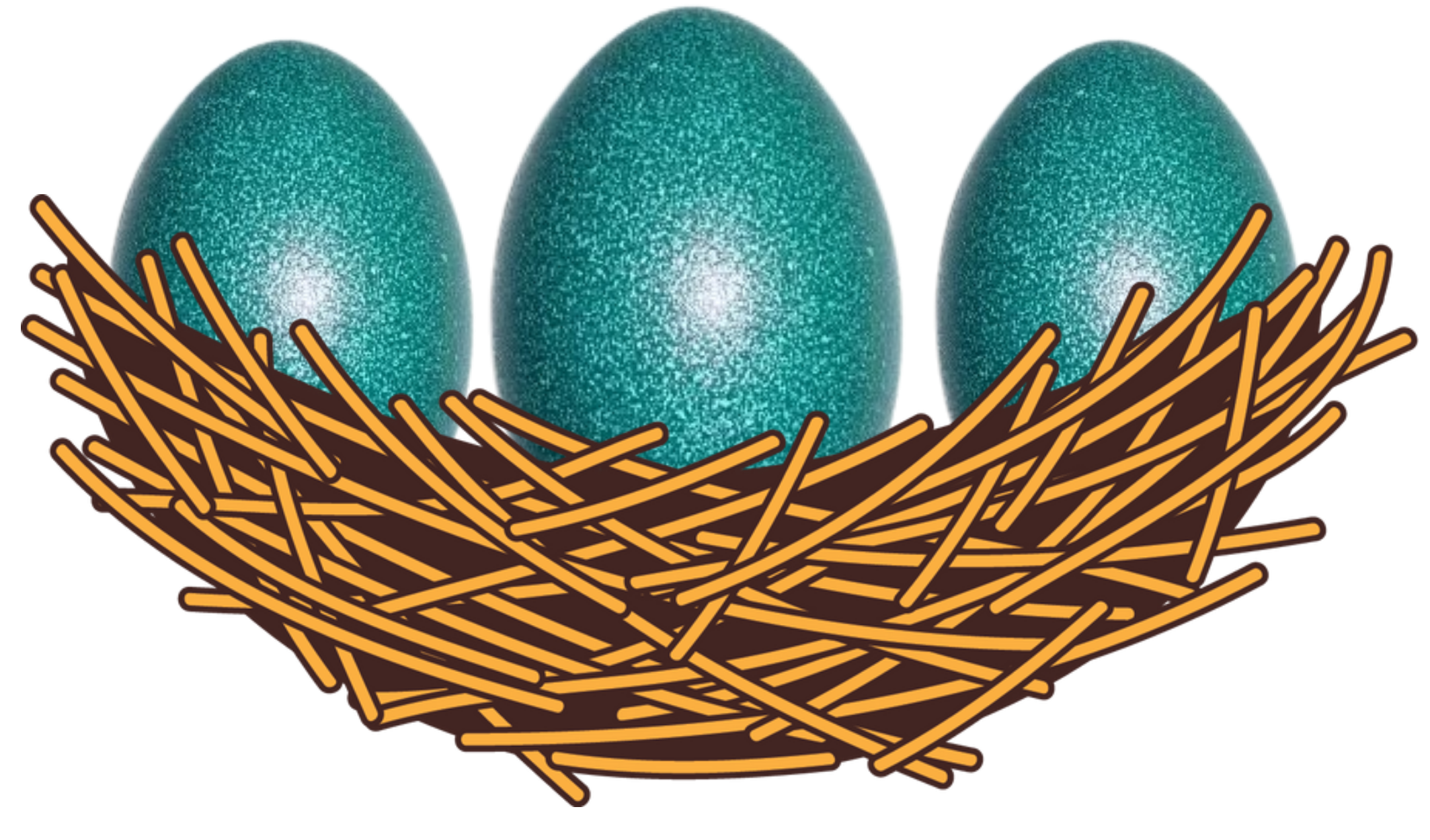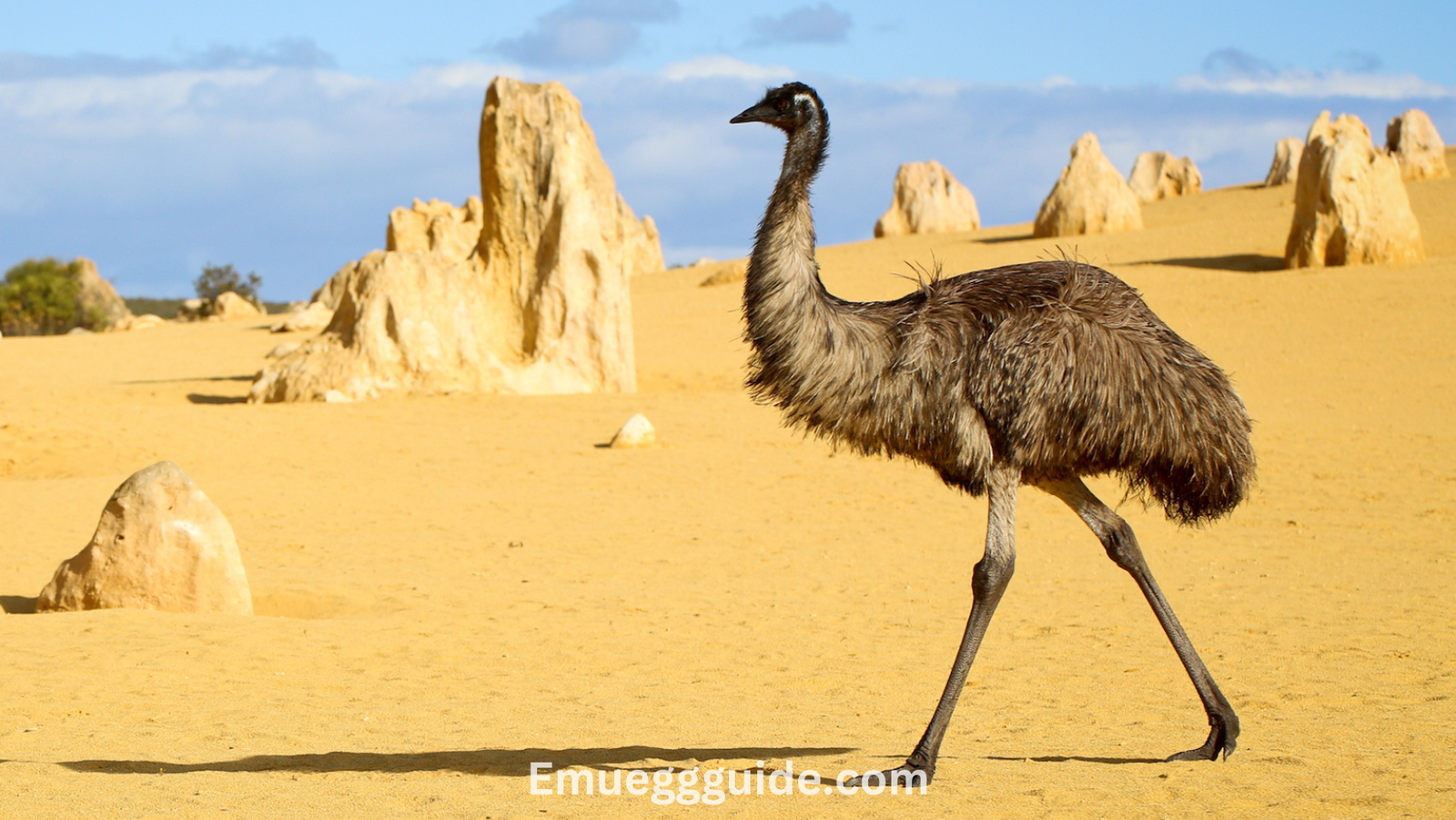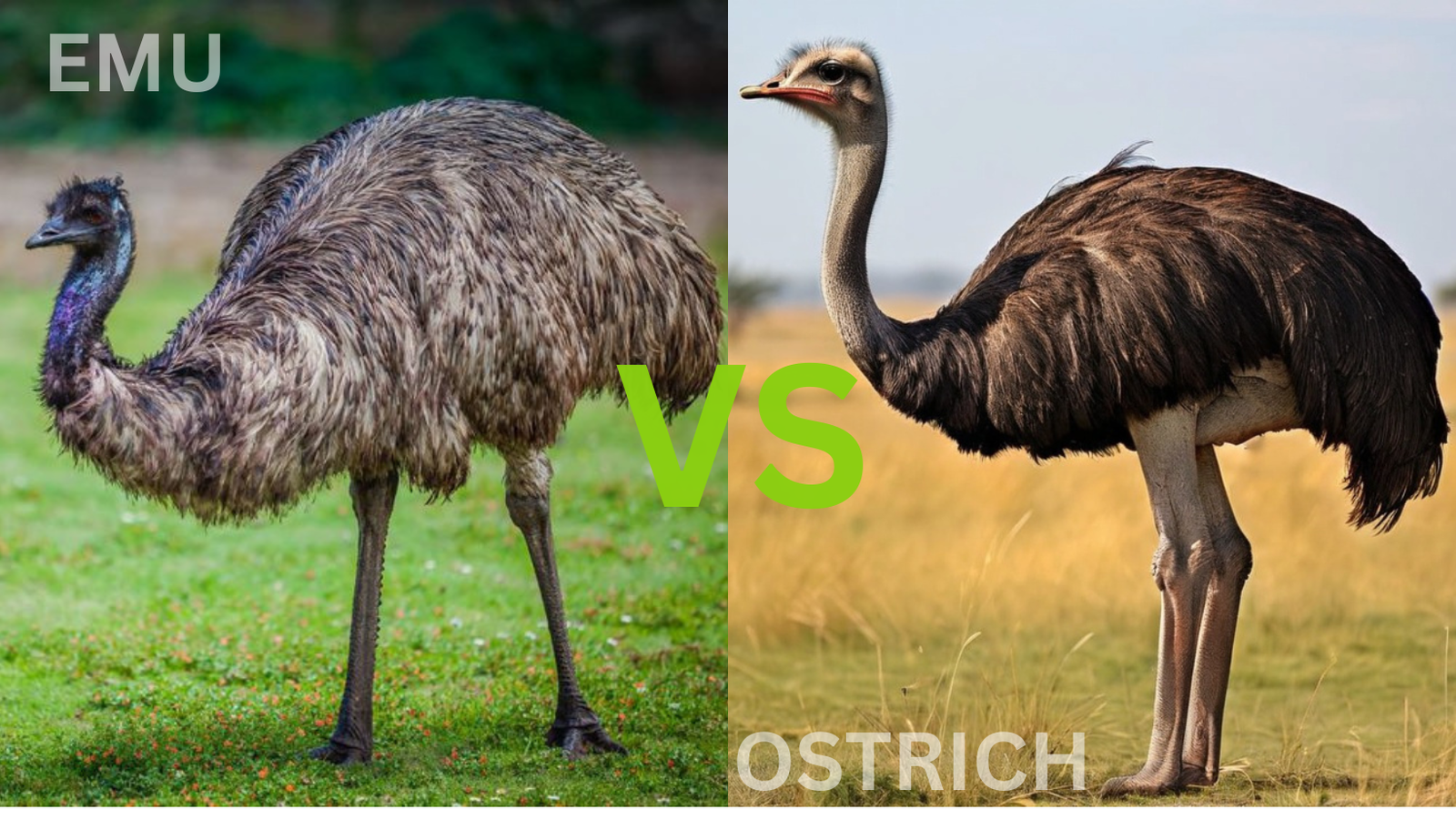Emu Bird second largest bird in the world, after the ostrich, the emu is notable for its impressive appearance, and unique behavior. Native to Australia, these flightless birds roam the country’s open plains grasslands and woodlands, playing a vital role in the Ecosystem.Emus are known for their long legs, allowing them to run at speeds of up to 50 km/h (31 mph), and their fluffy, brown feathers. The emu continues to captivate the curiosity of people around the world.
Diet and Feeding Habits of Emus Bird
The emu’s diet is as diverse as the Australian landscapes it inhabits. These large, flightless birds which means they consume a mix of plant and animal matter to meet their nutritional needs. Emus are known for their feeding habits, taking advantage of what’s available depending on the season and location.
Plants and Fruits
The majority of an emu’s diet consists of plant material, especially fruits, seeds, and flowers. They are particularly fond of the native plants of Australia and eucalyptus. Emus have an interesting way of helping with seed dispersal; after consuming fruits, the seeds pass through their digestive system and are spread far and wide through their droppings.
Insects and Small Creatures
While plant material forms the bulk of their diet, emus are not picky eaters and will also feast on insects, small lizards, and other invertebrates when available. Emus are known to eat grasshoppers, caterpillars, ants, beetles, and even the occasional small rodent.
Family Life of Emu Birds
The family life of emus is unusual, especially when compared to other bird species. Emus have a unique approach to reproduction and parenting, with males taking on the primary role of incubating eggs and raising the young. This reversal of traditional bird parenting roles sets emus apart and showcases their extraordinary adaptability in the wild.
Nesting and Incubation

Once the female lays her eggs usually between 7 to 10 large, dark green eggs the male takes full for the nest. The family life of emus becomes truly unique. The male will sit on the nest, incubating the eggs for around 8 weeks without leaving to eat, drink, or even relieve himself. During this period, he relies entirely on fat reserves stored in his body to survive. His dedication to the eggs ensures that they are kept warm and safe, even in harsh weather conditions.
Hatching and Parenting
When the chicks finally hatch, the male emu continues his parenting duties. Emu chicks are born precocial, meaning they are relatively well developed at birth. However, they still depend heavily on the father for protection and guidance.
For the first several months of their lives, the father will care for his brood, teaching them how to forage for food and leading them on long walks through the bush. The chicks grow rapidly, and the father stays with them for up to 18 months, providing protection from predators such as dingoes and large birds of prey.
Emu Parenting
The male emu’s role in raising the young is an example of the species’ adaptive behavior. His patience to the survival of his offspring highlight the emu’s resilience in the wild. Even after the chicks grow strong and independent, the father’s influence lingers as they learn to navigate Australia’s rugged landscapes on their own.
Facts about Emu Birds
Emu Bird speed to their deep cultural significance in Australia, emus have captured the people worldwide. Here are some fascinating facts about emus that showcase just how special these flightless birds.
Emus Are the Second Largest Birds in the World
After the ostrich, emus hold the title of the second largest birds on Earth. Standing up to 1.9 meters (6.2 feet) tall and weighing as much as 60 kilograms (132 pounds), emus creatures. Their long legs and towering stature make them one of Australia’s most recognizable animals.
Emus Cannot Fly
Although they belong to the class of birds, emus are flightless, much like their relatives, the ostriches, and kiwis. Over the course of evolution, emus lost their ability to fly, instead developing strong legs for running. Their small wings, though largely vestigial, still serve a purpose in balance and cooling as they run.
Their Eggs Are Vibrant and Large
Emu eggs are large and have a striking dark green color. Weighing around 450 to 650 grams (about 1 to 1.4 pounds), each egg is equivalent to about 10 12 chicken eggs. These eggs are not only impressive in size but are also considered a delicacy in some parts of the world.
The emu, is a true marvel of the animal kingdom. As Australia’s largest bird and one of the most iconic symbols of the country, the emu represents resilience and survival in the face of challenging environments. From their incredible speed and unique family dynamics to their role in the ecosystem, emus continue to capture the fascination of people around the world. Their inability to fly, emus have for millions of years, evolving into skilled runners, expert foragers, and attentive parents.
FAQs
What is an emu bird?
Emus are known for their long legs, which allow them to run at high speeds, and their soft, brown feathers. Emus play an important role in Australia’s ecosystems and are deeply rooted in the country's cultural history.
How is emu oil extracted from the bird?
Emu oil is extracted from the thick fat deposits found on the emu's body, particularly around the back and abdomen. After an emu is harvested, the fat is separated and rendered down to create oil.
Is an emu a bird?
Yes, the emu is a bird. Despite being unable to fly, emus share many characteristics with other birds, such as feathers, beaks, and laying eggs.
What do emu birds eat?
Emus are+. feeders, and their diet changes with the seasons. They are known to eat a variety of native Australian plants, and during times of scarcity, they will travel long distances to find food.
Can emu birds fly?
No, emu birds cannot fly. They are flightless birds, much like their relatives the ostrich and cassowary. While their wings are small and vestigial, they still serve a minor role in balance and temperature regulation, especially while running at high speeds.





